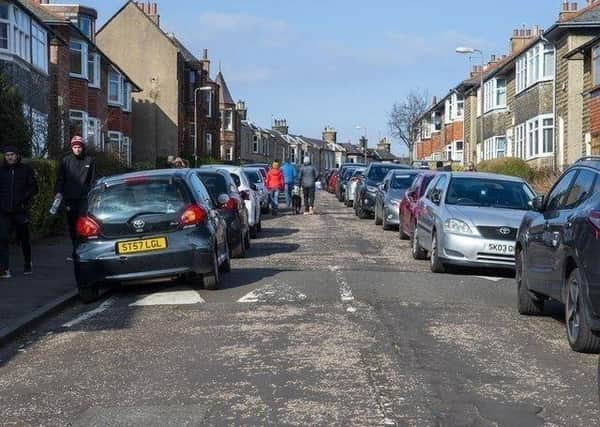Edinburgh's controlled parking zones are expanding but might not be the expected council cash cow – John McLellan


Residents of places like Willowbrae lost the argument against premature extensions and many will be unable to park their cars outside their homes as a result. Now two new phases will be added, the first of which will include Newington, Prestonfield and Fettes. South Morningside, Portobello and Trinity are among nine new zones in the second, with further monitoring of displacement to places at the outer extremity of the built-up city area, like South Gyle, Fort Kinnaird and Greenbank.
Given the “holistic” informal consultation carried out this summer produced the desired recommendation to continue the expansion, it will surely only be a matter of time before the monitored areas become the next phases. There are all the usual arguments that no-one should have the right to park outside their house free of charge, people should be encouraged to use public transport when it’s as clean and efficient as Lothian Buses, and it all goes towards cutting carbon emissions, but there must come a time when the returns are significantly diminished.
Advertisement
Hide AdAdvertisement
Hide AdThe new zones are covering more areas where homes come with driveways and garages, perhaps underused when there is free parking on the street, but faced with an annual fee more residents will just take their cars off the road, just as we did when our area became a controlled parking zone about 15 years ago.
So too has the now seemingly permanent place of home or hybrid working challenged old assumptions about commuting. We all have our own anecdotal evidence, but from what I see of the numbers of rush hour buses and the volume of passengers on the two services which pass my door, public transport use is still significantly down on pre-pandemic levels.
Further proof is the demand for cycle parking. Before lockdown, Haymarket station’s facilities were so full first thing in the morning that there wasn’t even room to chain a bike to the pedestrian barriers outside Ryrie’s bar. Now the main two-level bike store is half empty.
The council has long denied that residents’ parking schemes are a revenue generator and the money raised from fees and fines simply covers the cost of implementation and management, but cash and the general principle of making car use as unattractive as possible seem to be the only justifications for the continued spread which hold water.
Advertisement
Hide AdAdvertisement
Hide AdIf anything, the council’s housing policy could create a demand for commuting going the other way, as industrial and business sites are taken up by flat developments and workplaces pushed out to the bypass. Within a 400-yard radius of our house, there are five sets of flats either built or under construction on what were commercial sites.
Ironically, one policy which might help limit congestion is the Scottish Government’s rent freeze which has pulled the rug from under build-to-rent investments because of the uncertainty about returns. It means that gap sites like Fountainbridge might remain so until some sense returns. Maybe that was part of the Green Party plan all along, but putting the brakes on car use by halting housing development would be as innovative as it is bonkers.
Comment Guidelines
National World encourages reader discussion on our stories. User feedback, insights and back-and-forth exchanges add a rich layer of context to reporting. Please review our Community Guidelines before commenting.
